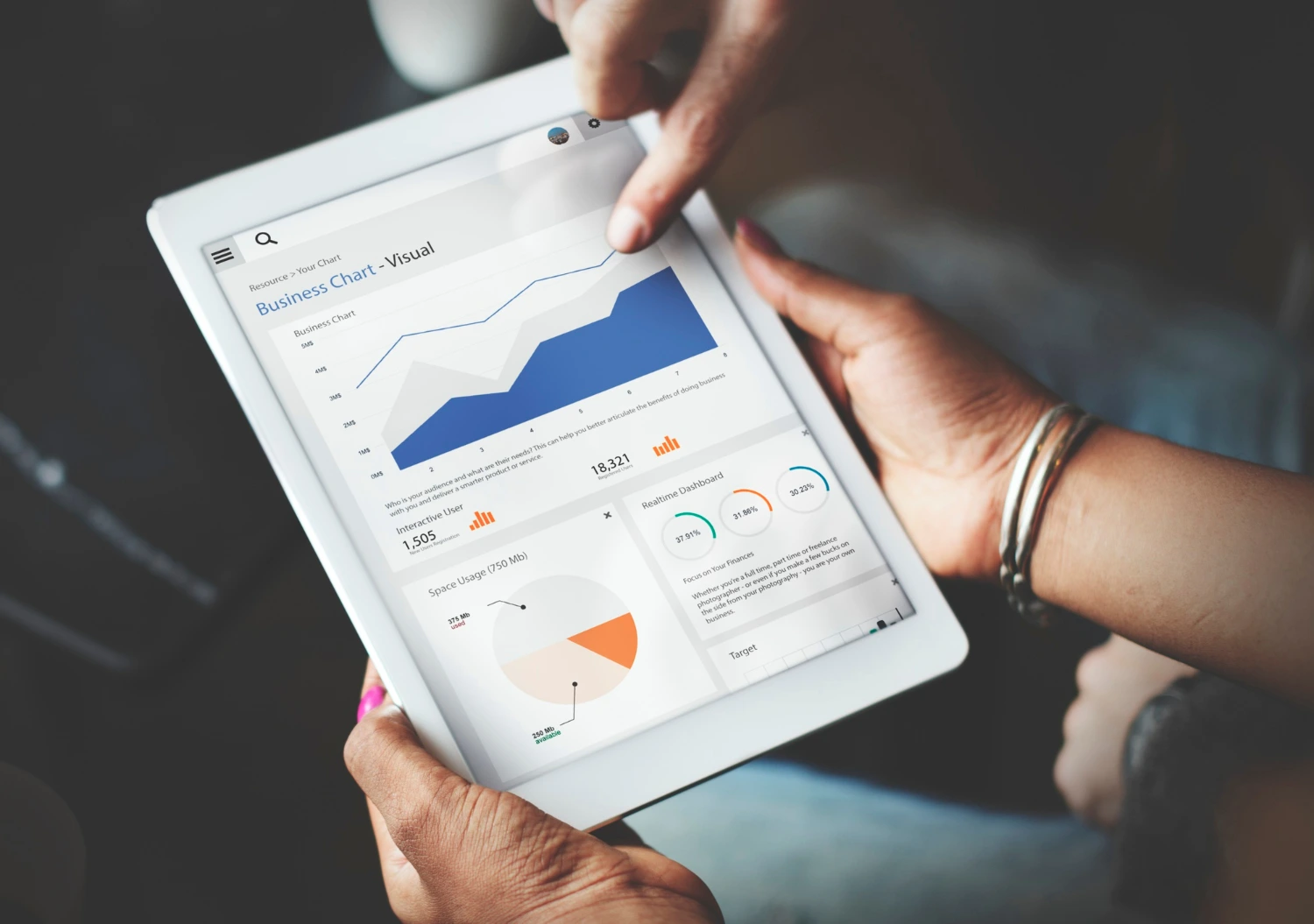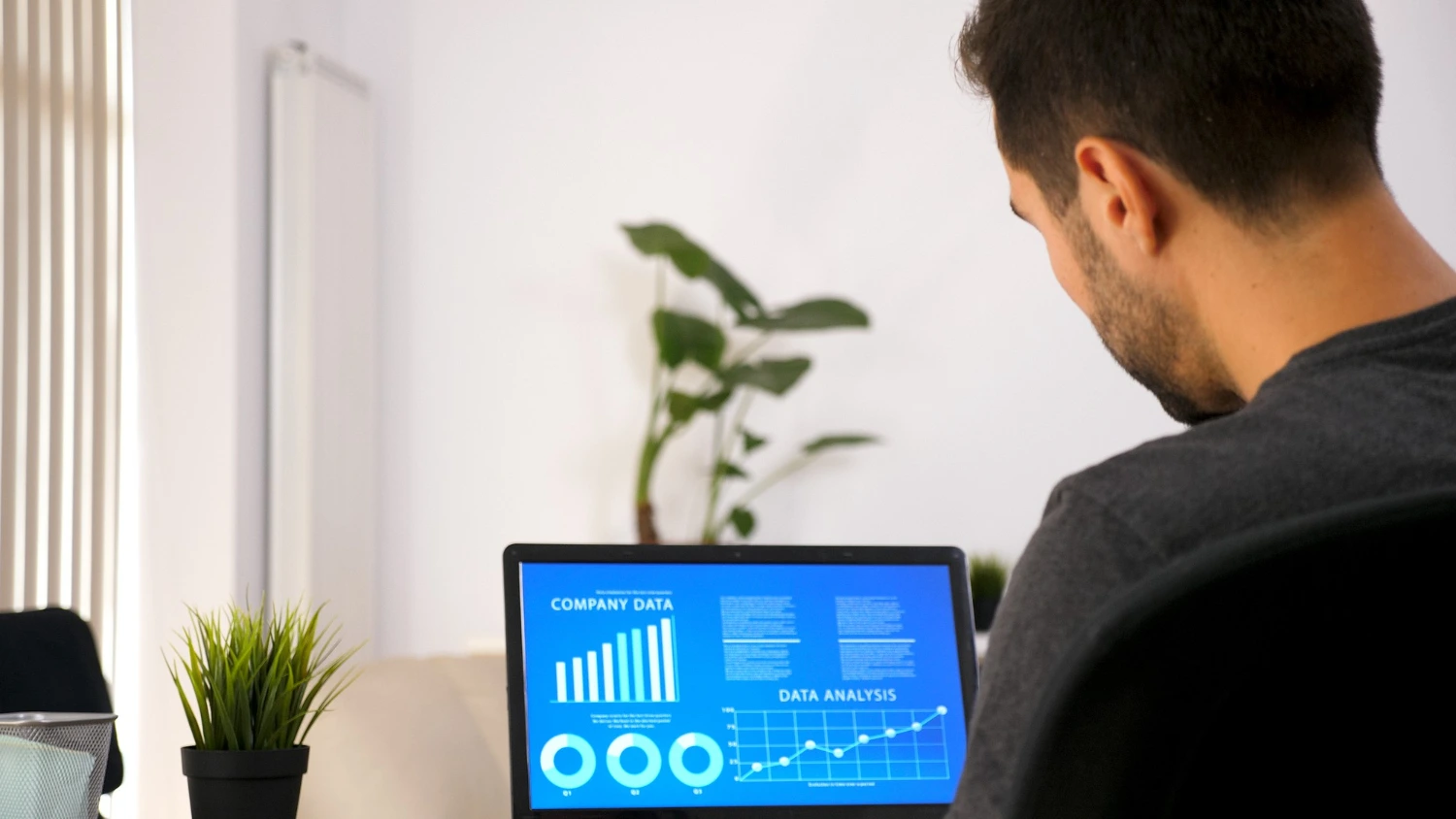As they Seek to The Future

본문
Introduction
 In an era where data-driven decision-making is vital, companies are progressively turning to business intelligence tools to harness their data's power. This case research study checks out an extensive Power BI control panel development task undertaken by a mid-sized retail business, Retail Innovations Inc., seeking to enhance its analytical capabilities and improve sales performance.
In an era where data-driven decision-making is vital, companies are progressively turning to business intelligence tools to harness their data's power. This case research study checks out an extensive Power BI control panel development task undertaken by a mid-sized retail business, Retail Innovations Inc., seeking to enhance its analytical capabilities and improve sales performance.

Background
Retail Innovations Inc. had been dealing with difficulties in picturing its huge range of sales data effectively. The business ran a number of retail outlets and an online shop, producing a significant quantity of data daily. However, the existing ad-hoc reporting system was troublesome, leading to hold-ups in deriving actionable insights. The management recognized the need for an incorporated, user-friendly control panel that could supply real-time data visualization to empower their decision-making procedures.
Objectives Data Visualization Consultant
The primary goals of the Power BI dashboard advancement were as follows:
- Real-time Data Access: Enable stakeholders to access and examine sales data in real-time.
- User-Friendly Interface: Ensure that the control panel is intuitive and simple to navigate for users with differing technical abilities.
- Enhanced Data Visualization: Utilize visual aspects like charts, charts, and maps to represent data meaningfully.
- Key Performance Indicators (KPIs): Identify and track important KPIs to measure sales efficiency effectively.
- Scalability: Design a solution that might accommodate future data sets and analytical requirements.
Implementation Process
Step 1: Requirement Gathering
The Power BI advancement process begun with substantial conversations with crucial stakeholders including the sales group, IT department, and upper management. An in-depth requirements record was crafted, capturing insights into what metrics and visualizations would be most advantageous.
Step 2: Data Preparation
Drawing from multiple sources, consisting of the business's ERP system, online sales platform, and customer relationship management (CRM) system, the data group performed an extensive data cleaning and transformation phase. Power Query was employed to balance different data formats and remove redundancies, guaranteeing high data quality.
Step 3: Dashboard Design
The design stage concentrated on producing an interactive and appealing user interface. The development group utilized Power BI's drag-and-drop features to produce different visualizations. The control panel was segmented into different tabs covering key areas such as:
- Sales Overview: Displaying overall sales, sales by area, and comparisons against previous durations.
- Product Performance: Highlighting top-selling items and categories, alongside inventory levels.
- Customer Insights: Analyzing client demographics, purchase habits, and loyalty metrics.
Step 4: Combination and Testing
Once the control panel was constructed, the combination phase began. The group guaranteed a seamless connection between Power BI and the data sources, allowing for automated data refreshes. Rigorous screening was conducted to recognize and remedy any discrepancies or efficiency issues.
Step 5: Training and Rollout
 To help with user adoption, comprehensive training sessions were arranged for stakeholders. Training products, including user manuals and tutorial videos, were offered to enhance understanding and engagement. Following a pilot stage, feedback was collected, prompting small refinements before the final rollout.
To help with user adoption, comprehensive training sessions were arranged for stakeholders. Training products, including user manuals and tutorial videos, were offered to enhance understanding and engagement. Following a pilot stage, feedback was collected, prompting small refinements before the final rollout.
Outcomes
The Power BI control panel was formally released three months post-initiation, and the outcomes were tangible:

- Improved Decision-Making: Stakeholders reported quicker access to crucial Data Visualization Consultant points, which considerably enhanced the speed of decision-making processes.
- Enhanced Sales Performance: The sales group had the ability to determine underperforming items promptly and adjust marketing methods appropriately, leading to a 15% boost in sales within 6 months of the dashboard application.
- User Adoption: With 90% of the targeted user base actively engaging with the dashboard, the business experienced a cultural shift towards data-driven decision-making.
- Cost Efficiency: Automation of reports decreased manual data processing time, allowing workers to focus on strategic efforts rather than administrative jobs.
Conclusion
The Power BI dashboard development project at Retail Innovations Inc. functions as a testimony to the transformative power of data visualization tools in driving business insights. By buying an easy to use, scalable, and informative control panel, the business not just streamlined its data analysis procedures but also promoted a culture of notified decision-making. This case study underscores the importance of lining up business intelligence tools with organizational goals, ultimately enhancing the ability to react to market characteristics effectively. As businesses continue to navigate an increasingly complex landscape, such efforts will be important for continual growth and competitiveness.

댓글목록0
댓글 포인트 안내